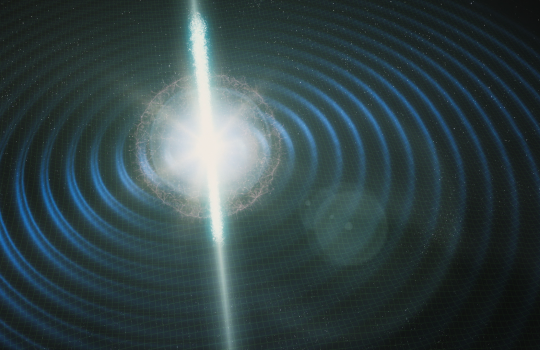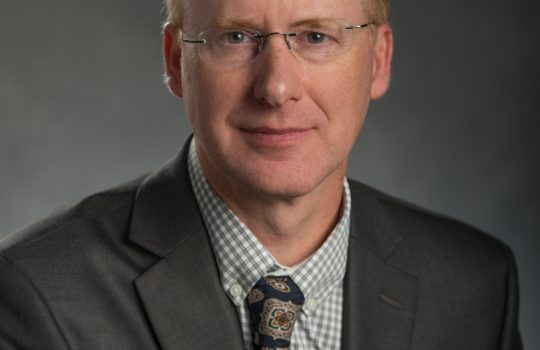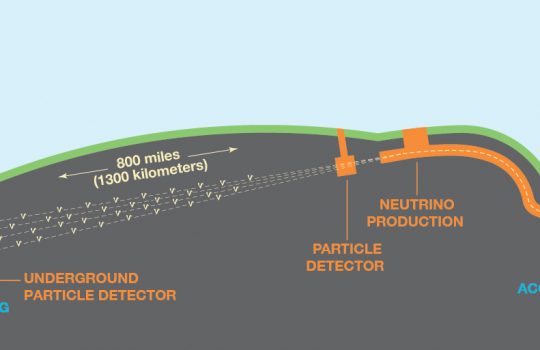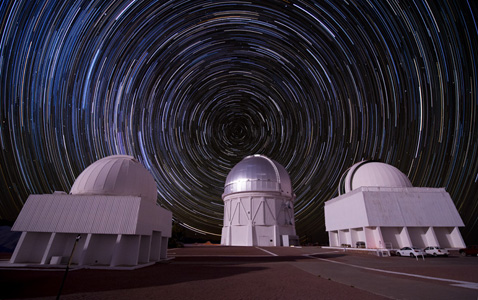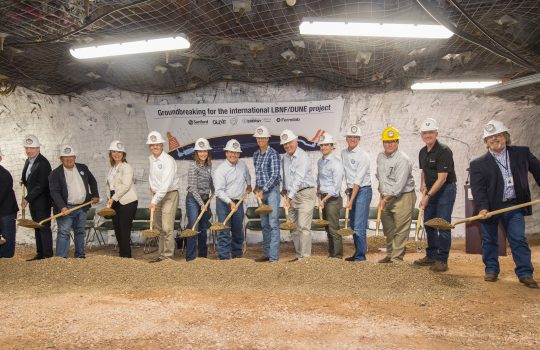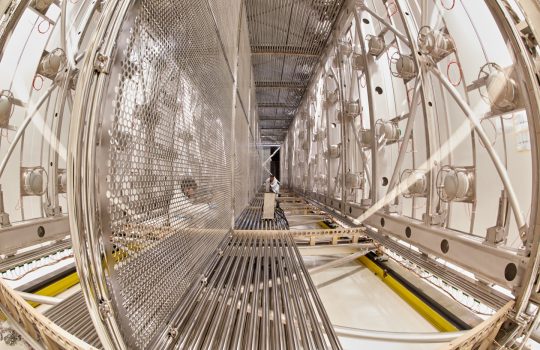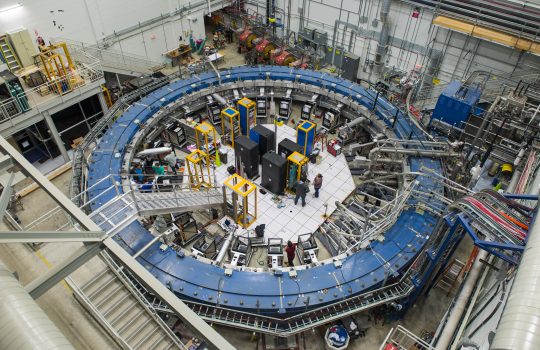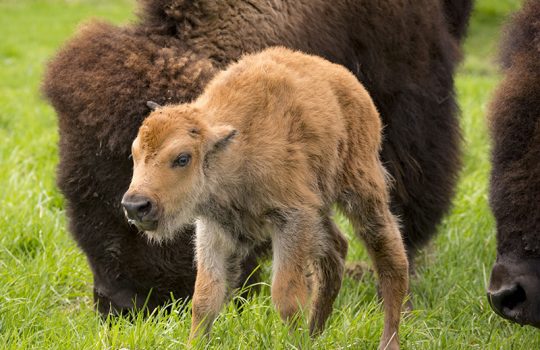Quantum physics boosts artificial intelligence methods
Researchers from Caltech and the University of Southern California report the first application of quantum computing to a physics problem. By employing quantum-compatible machine learning techniques, they developed a method of extracting a rare Higgs boson signal from copious noise data.
Scientists spot explosive counterpart of LIGO/Virgo’s latest gravitational waves
- Brandeis University
- Chile
- Dark Energy Survey
- gravitational wave
- Illinois
- kilonova
- LIGO
- Louisiana
- Ohio
- Ohio University
- Texas
- Texas A&M University
- University of Chicago
- University of Illinois at Urbana-Champaign
- Virgo
- Washington
A team of scientists using the Dark Energy Camera was among the first to observe the fiery aftermath of a recently detected burst of gravitational waves, recording images of the first confirmed explosion from two colliding neutron stars ever seen by astronomers.
MSU’s Steven Lund chosen as new head of U.S. Particle Accelerator School
Lund has been a professor at MSU since 2014 and currently serves on both the Director’s Advisory Council and the Curriculum Committee for the USPAS, working with Director Barletta to coordinate school programs in the community interest.
UK commits $88 million to LBNF/DUNE in first-ever umbrella science agreement with U.S.
- Deep Underground Neutrino Experiment
- DUNE
- international engagement
- LBNF
- Long-Baseline Neutrino Facility
- neutrino
- United Kingdom
The United Kingdom and the United States have signed the first ever umbrella science and technology agreement between the two nations, and the UK has committed $88 million to the LBNF/DUNE project.
Dark Energy Survey reveals most accurate measurement of dark matter structure in the universe
- Brookhaven
- California
- cosmology
- dark energy
- Dark Energy Survey
- dark matter
- Illinois
- New York
- Ohio
- Ohio State University
- SLAC
- United Kingdom
- University of Illinois at Urbana-Champaign
Dark Energy Survey scientists have unveiled the most accurate measurement ever made of the present large-scale structure of the universe, and their findings support the dark matter/dark energy model.
Construction begins on international mega-science experiment to understand neutrinos
- Armenia
- Brazil
- Bulgaria
- Canada
- CERN
- Chile
- China
- Colombia
- Czech Republic
- Deep Underground Neutrino Experiment
- DUNE
- Finland
- France
- Greece
- India
- Iran
- Italy
- Japan
- LBNF
- Long-Baseline Neutrino Facility
- Madagascar
- Mexico
- Netherlands
- neutrino
- Peru
- Poland
- Romania
- Russia
- Sanford Lab
- Sanford Underground Research Facility
- South Dakota
- South Korea
- Spain
- Sweden
- Switzerland
- Turkey
- Ukraine
- United Kingdom
- University of Cambridge
- University of Chicago
A groundbreaking ceremony held at the Sanford Underground Research Facility in Lead, South Dakota, marks the start of construction of a massive international experiment that could change our understanding of the universe.
Chicago Quantum Exchange to create technologically transformative ecosystem
University of Chicago, Argonne National Laboratory and Fermilab prepare for quantum information revolution.
Follow the fantastic voyage of the ICARUS neutrino detector
- Belgium
- CERN
- Deep Underground Neutrino Experiment
- DUNE
- ICARUS
- Italy
- LBNF
- Long-Baseline Neutrino Facility
- neutrino
- Sanford Lab
- Sanford Underground Research Facility
- Short-Baseline Neutrino program
- South Dakota
- Switzerland
The world’s largest liquid-argon neutrino detector, ICARUS, is about to make its way from CERN to Fermilab to begin its new mission: hunting for a previously undetected fourth type of neutrino.
Muon magnet’s moment has arrived
The 50-foot-wide superconducting electromagnet at the center of the experiment saw its first beam of muon particles from Fermilab’s accelerators, kicking off a three-year effort to measure just what happens to those particles when placed in a stunningly precise magnetic field. The answer could rewrite scientists’ picture of the universe and how it works.
Come visit the new baby bison at Fermilab!
Baby bison season is here, and all are welcome to visit with and photograph the newborns. Fermilab is expecting the new babies to be joined by at least 10 more over the next six weeks.


